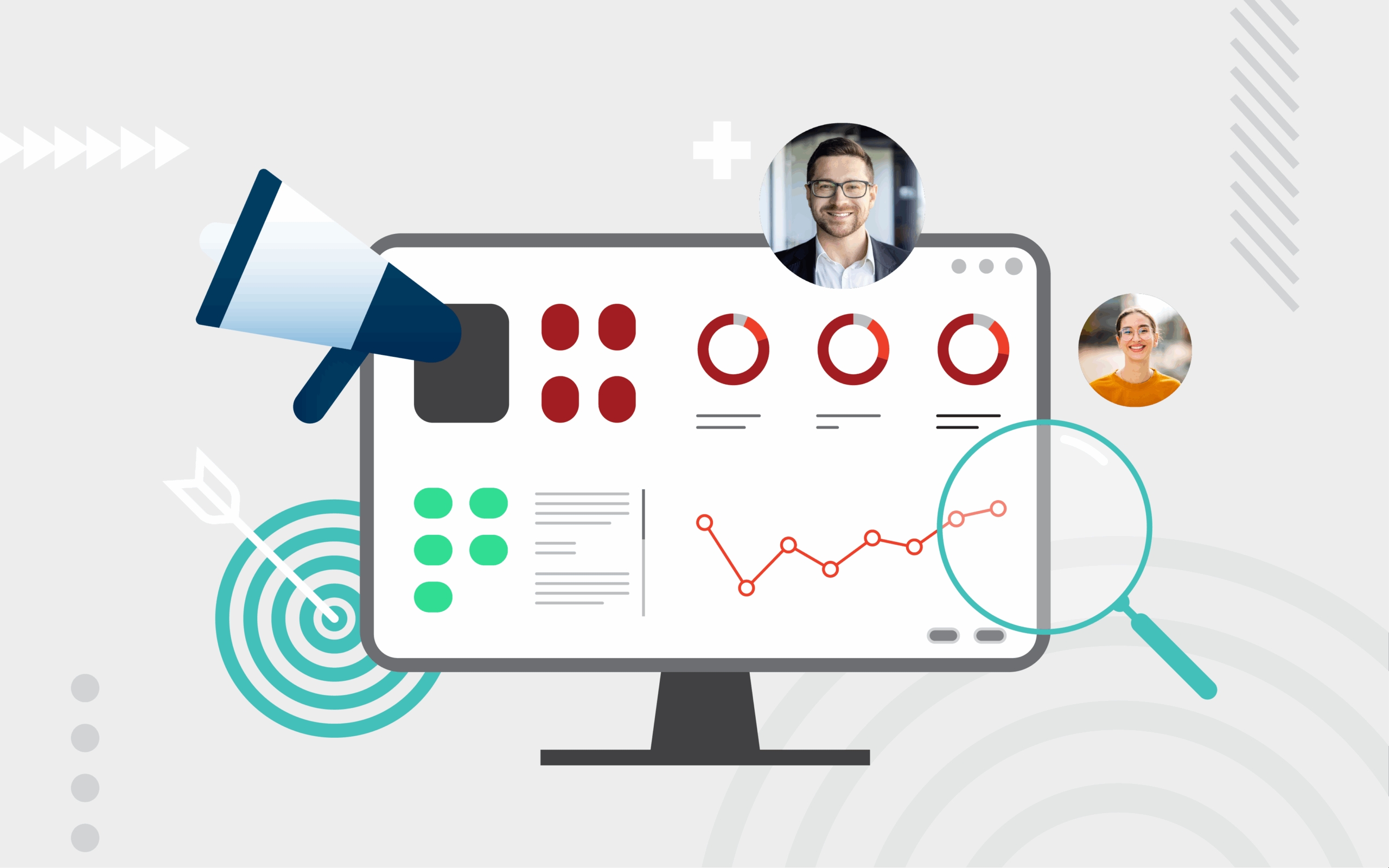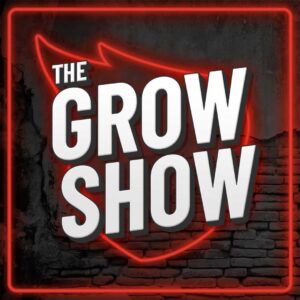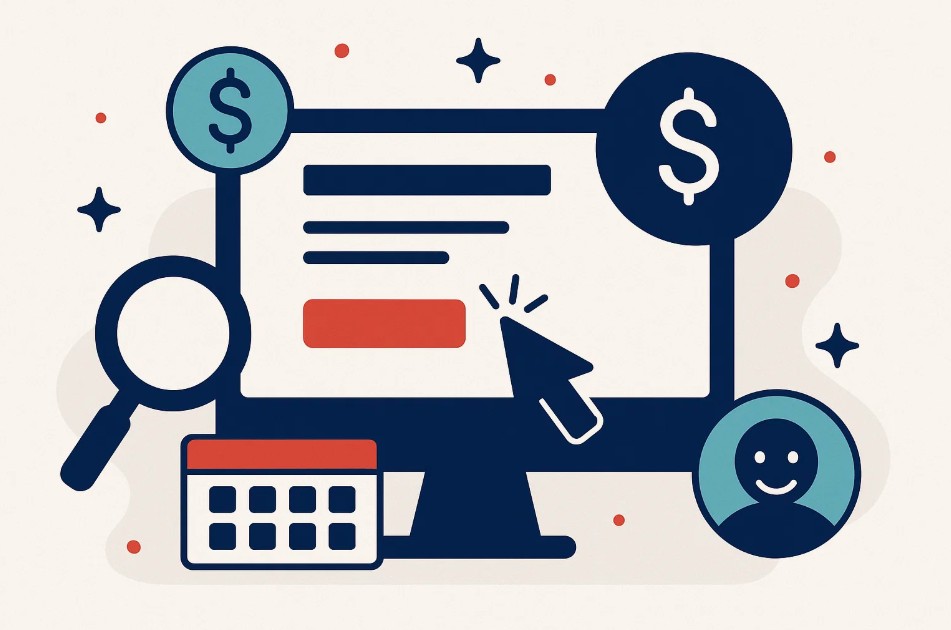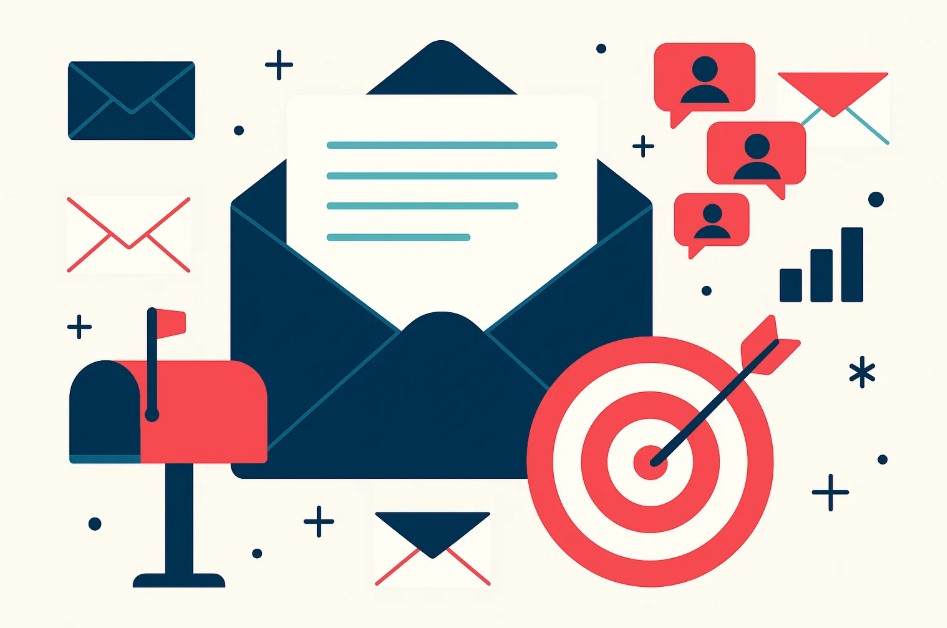Contents
Defining Sales Cycles
Sales cycles encompass the series of steps that a company follows to close a deal. From the initial contact to the final sale, each phase is crucial for building relationships and moving a prospect toward purchase. In the B2B realm, these cycles can be particularly intricate, involving multiple stakeholders and complex decision-making processes.
Want to understand more about sales cycles and how to optimize yours? Check out our detailed blog to gain insights into each phase of the sales cycle and discover actionable strategies to make your sales process more efficient.
Keep Reading: What to Know About Sales Cycles
Understanding B2B Sales Cycles
The B2B (Business-to-Business) sales cycle differs significantly from B2C (Business-to-Consumer) sales cycles due to its complexity and duration. While B2C transactions often involve a single decision-maker and a straightforward buying process, B2B sales typically require approval from several levels within an organization, influencing both the length and approach of the sales cycle. Additionally, B2B transactions generally involve higher stakes and more substantial investments, demanding thorough vetting and negotiation, which lengthens the cycle further.
How Long is the Average B2B Sales Cycle?
Understanding the typical length of a B2B sales cycle is crucial for setting realistic expectations and planning effective sales strategies. The duration of the sales cycle can vary significantly depending on several factors, including the complexity of the product or service, the industry sector, and the decision-making process within the client’s organization.
Generally, a B2B sales cycle can range from a few weeks to several months. For more straightforward products or services, the cycle might be shorter, often around 1 to 3 months. However, for high-value or complex solutions, especially those requiring significant investment or involving multiple stakeholders, the sales cycle can extend to 6 months or more. In industries like manufacturing, enterprise software, or large-scale service agreements, cycles can even extend up to a year.
The length of the sales cycle is directly influenced by the number of decision-makers involved, the budget approval process, and the level of urgency perceived by the client regarding the solution. It’s important for B2B sales teams to tailor their strategies to accommodate these variables and find ways to efficiently move prospects through each stage of the cycle.
Streamline your sales process and achieve faster conversions with Abstrakt Marketing Group. Discover how our tailored growth strategies can help shorten your sales cycle and boost your business growth.
Reviewing the 8 Stages of the B2B Sales Cycle
A well-defined B2B sales cycle includes several critical stages, each designed to systematically convert prospects into loyal customers. Here’s a breakdown of these stages:
Stage 1: Prospecting
Prospecting is the foundation of the sales process, where you identify and develop a list of potential customers or leads. Successful prospecting combines various techniques such as networking, referrals, cold calling, and digital tools like LinkedIn to find businesses that fit your ideal customer profile. This stage is crucial as it fills the pipeline that feeds the rest of the sales cycle.
Stage 2: Qualification
Qualification involves evaluating whether the prospects identified during prospecting are worth pursuing. Sales teams apply criteria such as Budget, Authority, Need, and Timeline (BANT) to ensure the prospects have the means and motive to buy and are likely to do so within a reasonable timeframe. This step prevents wasting resources on leads unlikely to convert, focusing efforts on more promising contacts.
Stage 3: Needs Assessment
During the needs assessment, the sales team engages more deeply with the potential client to understand their specific requirements, challenges, and business goals. This involves asking targeted questions, listening carefully to the answers, and perhaps conducting more detailed assessments or audits. The information gathered here is crucial for tailoring the sales approach and solutions to the client’s unique situation.
Stage 4: Solution Proposal
In the solution proposal stage, the salesperson presents a customized solution specifically designed to address the identified needs of the prospect. This proposal should clearly outline how the product or service can solve the client’s problems or help achieve their goals, detailing the benefits and the return on investment they can expect.
Stage 5: Handling Objections
Handling objections is a critical skill in the sales process. Prospects may have concerns or reservations about the price, contract terms, or specific features of the product or service. Effective salespeople anticipate these objections and prepare clear, convincing responses that alleviate these concerns and keep the deal moving forward.
Stage 6: Closing the Sale
Closing the sale is the culmination of the sales funnel. It involves final negotiations, overcoming any last-minute objections, and securing a commitment from the client. Techniques for closing can vary widely, from simply asking for the sale in a straightforward manner to more complex strategies like the assumptive close or the urgency close, depending on the context and customer relationship.
Stage 7: Delivery
The delivery stage is about fulfilling the promise made during the sales process. It includes the actual delivery of products or services, implementation, and any necessary training for the client. Ensuring a smooth delivery process strengthens customer satisfaction and sets the stage for long-term relationships and repeat business.
Stage 8: Follow Up
Follow up post-sale is essential for maintaining customer relationships and building loyalty. This can include customer support, asking for feedback, addressing any issues that arise post-purchase, and keeping in touch through regular updates and offers. Effective follow-up can lead to additional sales opportunities such as upsells, renewals, and referrals.
By meticulously managing each stage of the sales cycle, B2B companies can improve their efficiency, enhance customer satisfaction, and increase their likelihood of sales success.
5 Tips for How Your Business Can Shorten Its Sales Cycle
Tip #1: Enhance Lead Qualification
Refining the lead qualification process is critical in focusing your sales efforts on the most promising prospects. This involves developing a robust lead scoring system that assesses potential customers based on specific criteria such as their budget, authority, needs, and timeline. By prioritizing leads that meet your ideal customer profile, you can allocate resources more efficiently and increase the chances of conversions. Consider implementing advanced analytics and AI tools to automate and refine the lead scoring process further.
Tip #2: Strengthen Sales and Marketing Alignment
Tight integration between sales and marketing is essential for shortening the sales cycle. Ensure that both teams are aligned on the goals, messaging, and target audience. Marketing should be tasked with generating qualified leads through targeted campaigns that speak directly to the needs and pain points of potential customers. In return, sales should provide feedback on lead quality and the effectiveness of marketing materials, enabling continuous improvement. Regular joint meetings and shared KPIs can foster a cohesive approach that drives quicker conversions.
Tip #3: Implement Automation Tools
Automation can significantly speed up various stages of the sales cycle by reducing manual work and ensuring consistent follow-ups. Tools like CRM systems, email marketing software, and scheduling apps help keep the sales process smooth and prevent leads from getting stuck at any point. Automation also ensures that all communications are logged and tracked, allowing sales teams to personalize their approach based on the prospect’s previous interactions with your company.
Tip #4: Focus on Educating Your Prospects
A well-informed prospect is closer to making a purchase decision. Create comprehensive, educational content that addresses common questions and showcases the benefits of your solutions. This might include whitepapers, webinars, case studies, and detailed blog posts that help prospects understand the value of your offerings. Educating them upfront can significantly reduce the time spent on lengthy discussions and negotiations, as they are already aware of how your product or service fits their needs.
Tip #5: Create Urgency
Developing a sense of urgency can encourage prospects to move faster through the sales cycle. This can be achieved by highlighting the immediate benefits of your solution, such as cost savings, efficiency improvements, or limited-time promotions. Be transparent about the potential risks of delay, such as price increases or the unavailability of desired features. However, it’s crucial to balance urgency with empathy—understanding the prospect’s decision-making process and providing them with the necessary information and support to make an informed decision swiftly.
By implementing these strategies, businesses can optimize their sales processes, reduce the length of their sales cycles, and improve overall sales efficiency. Each step that is streamlined or accelerated contributes to more effective sales operations and better customer experiences, ultimately leading to increased revenue and growth.
Ready to Accelerate Your B2B Sales Cycle?
Streamline your sales process and achieve faster conversions with Abstrakt Marketing Group. Our expert B2B appointment setting services are designed to connect you with qualified leads, ensuring your sales team can focus on closing deals rather than prospecting. Discover how our tailored strategies can help shorten your sales cycle and boost your business growth.

Madison Hendrix
Madison has worked in SEO and content writing at Abstrakt for over 5 years and has become a certified lead generation expert through her hours upon hours of research to identify the best possible strategies for companies to grow within our niche industry target audiences. An early adopter of AIO (A.I. Optimization) with many organic search accolades - she brings a unique level of expertise to Abstrakt providing helpful info to all of our core audiences.
- Madison Hendrix#molongui-disabled-link
- Madison Hendrix#molongui-disabled-link
- Madison Hendrix#molongui-disabled-link
- Madison Hendrix#molongui-disabled-link





